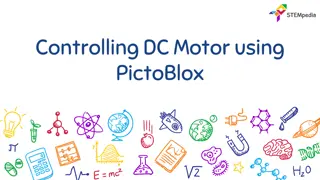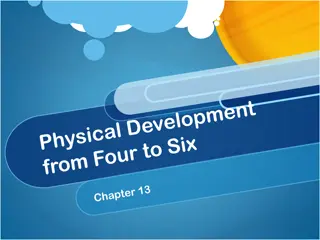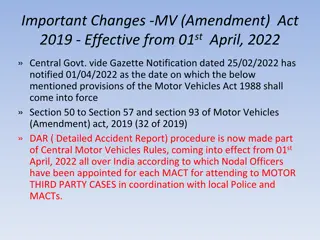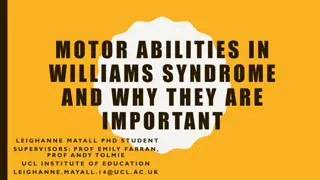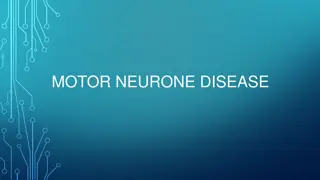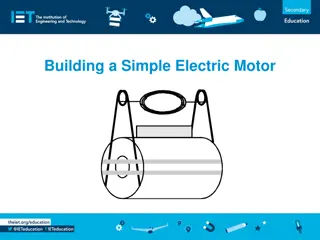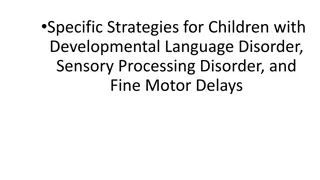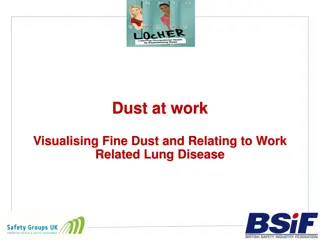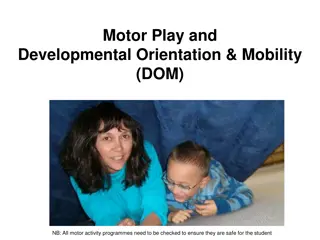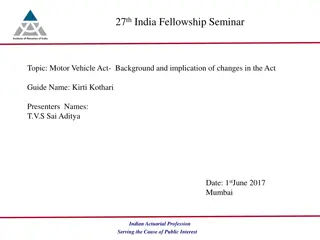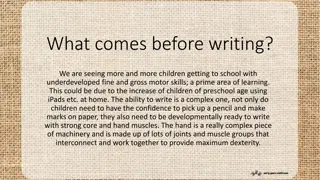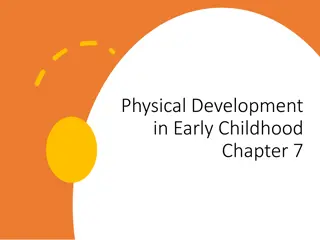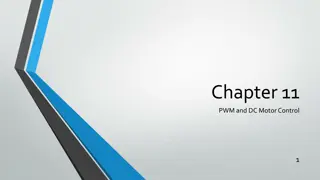
Fine Motor Development for Children
Explore the stages and components influencing fine motor skill acquisition, such as crossing midline, bilateral coordination, and visual motor skills. Learn about sensory processing and its impact on fine motor skills, along with developmental milestones from 0-3 months up to 6-9 months. Gain insights into recognizing red flags and addressing sensory processing difficulties for optimal development.
Download Presentation

Please find below an Image/Link to download the presentation.
The content on the website is provided AS IS for your information and personal use only. It may not be sold, licensed, or shared on other websites without obtaining consent from the author. If you encounter any issues during the download, it is possible that the publisher has removed the file from their server.
You are allowed to download the files provided on this website for personal or commercial use, subject to the condition that they are used lawfully. All files are the property of their respective owners.
The content on the website is provided AS IS for your information and personal use only. It may not be sold, licensed, or shared on other websites without obtaining consent from the author.
E N D
Presentation Transcript
Fine Motor Development Rebecca Marangos, PT, DPT Blantyre, Malawi 2018
Objectives To understand the different components that impact fine motor skill acquisition Be able to recognize the stages of fine motor skills
Important Concepts Crossing Midline Bilateral Coordination Motor Planning Muscle Tone Core Strength
Visual Motor Skills Visual motor skills are when motor skills and vision work together to complete a task. Visual Discrimination Visual Perceptual Skills Eye-Hand Coordination Visual Motor Integration Red Flags
Sensory Processing All the sensory systems working together provide you with the optimal level of arousal which means you are able to perceive, process and react to sensory stimuli in a timely manner Tactile Auditory Visual Olfactory Gustatory Proprioception Vestibular Interoception
Sensory Processing and Fine Motor Skills Children with sensory processing difficulties and fine motor difficulties often lack the proper proprioceptive and vestibular input in order to function. Sensory processing issues mean that a child s brain has problems organizing all the information coming into the brain that it receives from the senses. Awkward/Clumsy Difficulty with stairs Avoid certain movements Decreased safety awareness Too much or too little pressure
Fine Motor Skills 0-3 months Hands are in a fisted position Arm movements are random and not controlled Will watch their hands and bring hands to mouth Swing at targets using whole arm Follow a person s movement with their eyes (when close to them) Begin to hold objects in hand when placed there
Fine Motor Skills 3-6 months Reaches for toy using both arms Begins to transfer objects between hands Holds hands together in midline play Begins to notice objects further away
Fine Motor Skills 6-9 months Begin to grasp and hold onto objects Uses a raking grasp to move objects with fingers Looking for one object while holding another Pokes at objects using their index finger Takes objects to their mouth Explores textures and sensory input with the mouth Begin to hold a bottle Squeezes objects with their fist Play with their own hands
Fine Motor Skills 9-12 months Begins to feed themselves Will turn a few pages of a book at a time Begins to put small objects in a container Pincer grasp develops Transfers objects between hands easily Grabs crayons with fisted grasp Can hold two small objects in one hand
Fine Motor Skills 12-18 months Can build a tower of 2 blocks high Claps hands together Waves goodbye Scoops objects with spoon or small shovel Bangs objects together using both hands Scribbles with crayon on paper
Fine Motor Skills 18 months-2 years Putting rings on pegs Begins holding crayon with finger tips and thumb Can remove pegs from a pegboard Builds a tower of 3-4 blocks high Can turn pages one at a time
Fine Motor Skills 2 years Manipulates clay or play dough Washes hands independently Can string large beads Can stack a block tower 9 blocks high Can screw lids on containers on and off Can turn doorknobs Zips and unzips large zippers Can complete 3 piece puzzles More complex coloring is emerging Make snips on paper with scissors
Fine Motor Skills 3 years Can draw a circle after being shown a model Cuts a piece of paper in half Copies prewriting lines of vertical, horizontal and circle shapes Laces a card Can unbutton large buttons Sorts objects Strings inch beads
Fine Motor Skills 4 years Can copy cross shapes, diagonal lines Can complete opposition of thumb to each finger Begins to be able to color in the lines Completes puzzles of 4-5 pieces Can use a fork independently without spilling Can get dressed and undressed independently Begins to use a dominate hand Will fasten large buttons
Fine Motor Skills 5 years Grasps a pencil correctly Begins to write letters and spell their name Copies a triangle shape Cuts out a circle Opens a lock with a key Draws a person with at least 6 different body parts Can tie their shoes
Fine Motor Skills 6 years Can copy first name Builds a structure with blocks Can put a 16-20 piece puzzle together Uses a knife to cut food Cuts well with scissors Can print all letters of the alphabet, upper case and lower case Can print numbers 0-10
Fine Motor Skills 6+ years Help with household chores (sweeping, moping) Draw detailed and complex shapes or pictures Learn a musical instrument Ride a two-wheeled bike Learning swimming skills Learning more complex sports or dance moves
Fine Motor Development Red Flags Showing no interest in grasping objects Poor eye-hand coordination Excessively clumsy Difficulty using utensils for eating Difficulty using their hands for basic activities such as building blocks or drawing Difficulty riding a bike or throwing a ball Difficulty with handwriting skills Difficulty with sequencing the appropriate muscle movements for an activity such as opening a door, putting a coat on
Handwriting A complex language expression skill and involves the following areas: Knowing letters of the alphabet Visual perceptual skills Following a sequence Controlling the paper to stay within the lines Letter formation Understanding left to right and top to bottom progression Tracking the movement of the hand, pencil and paper Crossing midline Bilateral coordination
A Few Diagnoses Dyspraxia Dysgraphia
Bibliography Greutman, H. (2017) Basic Fine Motor Skills: Developmental Activities for Kids. Edited by Shelley Brewer Accessed only at www.growinghandsonkids.com

